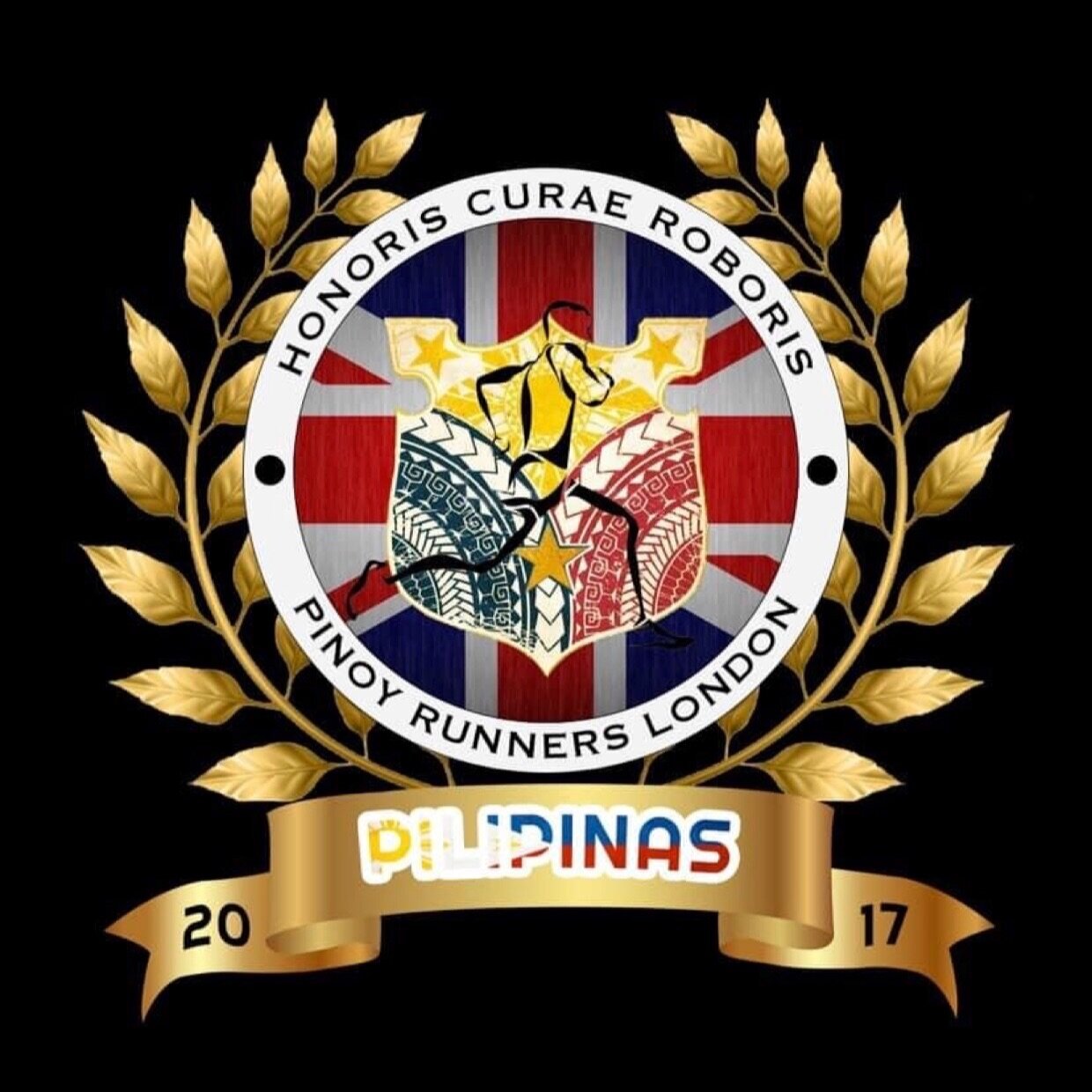How to Avoid Recession in Your Running Economy
THE word recession is en vogue. No, not that fashion magazine. Actually, the word recession is in fashion and to talk about it is seemingly fashionable. Even myself have joined the media bandwagon—television, broadcast, print, social media, and the internet to blather about it. Allow my penchant for metaphors again, folks, as I relate recession to our passion which is running. Investopedia.com defines recession as a drop in economic growth for two consecutive quarters resulting in higher inflation, rising unemployment rate, and the lack of available funds for the public to use. I could even add people losing their houses, skyrocketing interest rates, public riots (Arvin, stop!!!). Indeed it is like a doomsday scenario. Now think about it as your running output in terms of productivity, efficiency, and overall performance. I am pretty confident that everyone of us really wants to have an upward trend when it comes to our running growth and development. A robust growth in running can be defined as the lack or absence of injuries after an event, an improvement in our body’s capacity to utilise oxygen as delivered into our body’s cells, greater endurance, enhanced speed, faster recovery post-run, and the overall sense of still being fit following your race (“I still feel like I could run 5 kilometres more!”). These wonderful conditions I would collectively call a “boom” are the exact opposite of a running economic recession. And we wish this “boom” to be permanent which of course, is impossible.
Just like being a prudent and wise economic manager, we as runners ought to have a strategy to ensure that our foundations are solid enough to withstand both the physical and mental shocks of running which could turn from being our best friend to our worst enemy if we drop our guard. So how do we do tame this beast, that it does not harm us? We make it work to our advantage then. Having recently completed a post-graduate masters’ course at the university, I have discovered the art of digging for literatures to support certain claims (and that Arvin does not just pulls out dodgy ideas out of thin air). In this case, it is the prevention of a running economic recession. I hope I won’t bore you as I put my academic cap on (LOL).
Ladies and gentlemen, there is this lovely thing called cross-training (XT) which has been proven to enhance human running economy. XT when in combination with heavy resistance-training, has been known to decrease oxygen consumption (or shall I say better use of oxygen reserves) by the body and produces physiological adaptations that are vital during running, including long-distance running (Barnes et al. 2013). Foster et al. in 1995 defined XT as a different form of exercise that enhances another physical activity—like for example, the positive impact of swimming on running performance. In their study they have found out that during the 8 weeks of studying the runners’ performance in a longitudinal trail, those cross-training fared better than those only running continuously. Plyometric exercises are explosive activities that increase the muscle’s ability to generate power through stretch shortening cycles ( Spurs et al. 2003, Turner et al. 2003 Paavolainen et al. 1995). These exercises include jumping, hopping, and bounding. Now it appears a lot clearer to me why footballers hop-scotch during their training and that we could easily do as well! More so, you can expect a better running economy as bodily stiffness decreases whilst neural input to the muscles rises, leading to enhanced muscle power development, improved unit synchronisation, and better elastic return (Spurs et al. 2003, Paavolainen et al. 1999).
In terms of heavy-resistance training, I had the wrong and sole goal before which was to develop a six-pack. That dream has long gone as the reality for me now is this: it is far more important to develop a robust running economy that could help me survive my marathons/ ultramarathons than sculpt my abdomen. Although admittedly it would be kind of nice (at least for my ego) to attend my university’s grand homecoming next year topless (not!) to woo the old flame. Forget the last five words please and just concentrate on what the experts—Barnes et al. in 2013, Daniels et al. in 1992, and Conley et al. in 1980 (my university lecturers will be scandalised if they have known that I am using an almost forty-something published material to support my blog)—had pronounced, that resistance training has been known to enhance one’s running economy and long distance running. The experts must have preempted my vain goal of developing a sexy body that they concluded it is rather increased in strength, increased motor recruitment, and increased mechanical efficiency of the body arising from resistance training that leads to better running economy and NOT bigger muscles (or a six-pack) (Kyrolainen 2001, Johnston et al 1997, Sale 1988).
To relate such academic write-ups, I can share with you guys my humble experience during the first ever Ultramaratona di Roma last year wherein I finished the 50 kilometre race in an official time of 4 hours, 24 minutes, 14 seconds. During the race, I did not feel the all-too-familiar pain on my bilateral scapulae. Neither I was contracted in my cervical region; my breathing was a lot easier; and my mental attitude was really feisty; my personal faith was gigantic that day that the event proved a spiritual experience; I was unstoppable in doing the overall 5 undulating laps at Villa Borghese. Modesty aside, I was the first ever Filipino or even British, to have crossed the finish lin—an achievement my mother is extremely proud of considering, I had never been athletic in my whole life until I reached my 40s. I owe such achievement to my faith and also to the months of preparation consisting of 50 daily pushups and 3 sets of 2 minute-planks, on top of my regular runs. I have been lucky to have friends who are seasoned runners—of special mention, Kevin Ching-nin Hii who would always chide me for the lack of cross training in my running routines. I ran two Berlin marathons with this guy and that was more than enough for him to see my flaws. Plus the fact that I would always get scapular stiffness which was the killer of some of my marathon dreams. Determined to make a strong comeback in Rome following a short period of illness in the spring of last year which dropped me out of the Maratona di Roma (supposed to be my second Roman marathon), I enlisted in the first edition of the Ultramaratona di Roma the following autumn. That race proved special as I ran with Italian legend Giorgio Calcaterra at Villa Borghese Park. But of utmost importance, that ultramarathon paved the way to building a lasting loving relationship with the Filipino community in Rome (and Ireland also—with fellow runner Leah Palado and family). Alona Cochon, PR of the event, like your usual intrepid runner, was so persistent in convincing the PRL runners to join the Ultramaratona di Roma. I was too weak to resist her that I had to postpone my Chicago Marathon run to the following year (which did not happen due to the COVID-19 crisis). And that was probably a good example of a healthy running economy.
To sum up: just do not run incessantly. Also make sure you throw in some variety in your running routine to ensure a productive output. Protecting and developing your running economy includes doing other forms of exercises to complement running—weights, swimming, hopping, bounding, jumping, pushups, planks, etc. A combination of XT and resistance training has been proven useful in enhancing one’s running economy and even during long runs. All of this hopefully, will result into a running economic boom that will translate into personal best running times.
Binoy Panes
15/09/20 0052 h
London, GB


